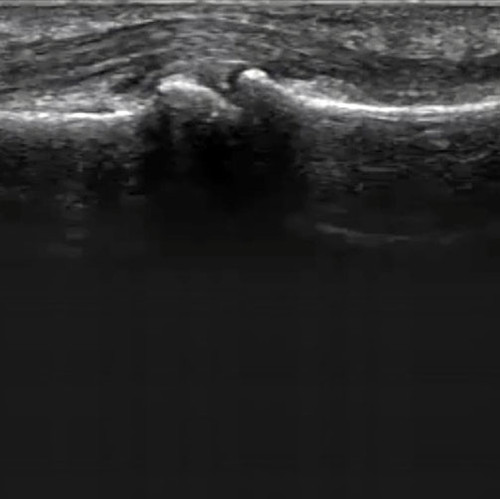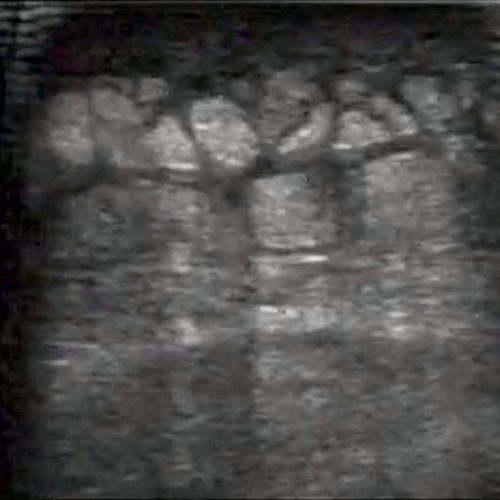Ultrasonography can provide excellent delineation of many of the anatomic structures contained within the human integumentary system and underlying soft tissues. Ultrasound can help differentiate various soft-tissue types, injuries, degenerative processes, localize and characterize infections, as well as localize foreign bodies and facilitate their removal. The SonoSim® Ultrasound Training Solution – Soft Tissue: Anatomy & Physiology Module begins with an overview of the role of ultrasound in the evaluation of soft tissues. A brief overview of soft tissue anatomy and physiology is provided. The sonographic anatomy of skin and underlying soft tissues including fascia, muscles, tendons, ligaments, fibrous tissue, blood vessels, and nerves is described in detail. Optimal transducer selection, patient positioning, imaging approaches, and techniques for sonographically evaluating soft tissue are discussed. The course concludes with imaging tips and pitfalls and a summary of salient teaching points.
This activity has been planned and implemented in accordance with the accreditation requirements and policies of the Accreditation Council for Continuing Medical Education (ACCME) through the joint providership of the American College of Emergency Physicians, the Illinois College of Emergency Physicians, and SonoSim, Inc. The American College of Emergency Physicians is accredited by the ACCME to provide continuing medical education for physicians.
The American College of Emergency Physicians designates this enduring material for a maximum of 2.25 AMA PRA Category 1 Credits™. Physicians should claim only the credit commensurate with the extent of their participation in the activity.
Approved by the American College of Emergency Physicians for a maximum of 2.25 hours of ACEP Category I credit.












